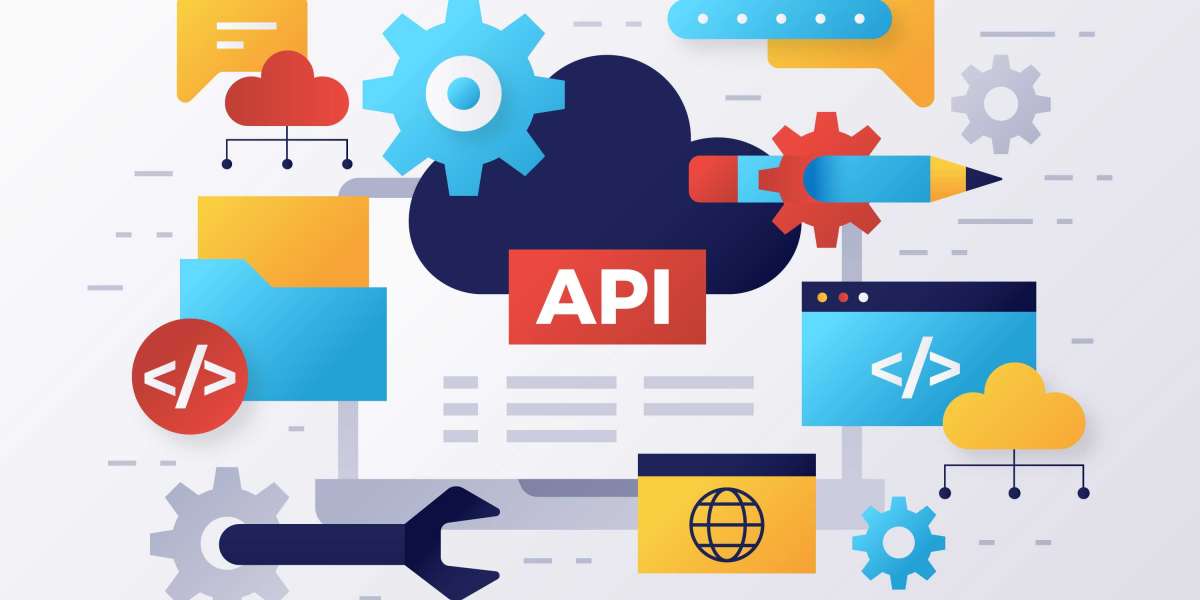As businesses increasingly rely on digital solutions to drive growth, the importance of APIs (Application Programming Interfaces) has skyrocketed. Whether you're building a mobile app, connecting third-party services, or enabling seamless communication between internal systems, APIs play a pivotal role. The process of API creation, however, can be complex, requiring careful planning, robust architecture, and proper testing. In this comprehensive 2025 guide, we'll walk you through the essential steps to building a successful API, and discuss how partnering with an API development company can streamline the process for businesses looking to create top-notch APIs.
What is an API?
At its core, an API allows different software applications to communicate with each other. Think of it as a bridge that connects systems, allowing them to exchange data and functionality in real-time. For example, a weather app might use an API to pull data from a weather service, or a payment system might rely on an API to connect to a bank's system to process transactions. APIs serve as the backbone of modern software ecosystems, enabling the exchange of information between diverse services and platforms.
In today's competitive environment, companies are striving to build APIs that are not only functional but also scalable, secure, and efficient. A well-designed API allows for flexibility, improves the user experience, and promotes faster development and innovation. But how do you build one? Let’s break it down into clear steps.
Step 1: Understand the Requirements
Before diving into the technical side, it's crucial to understand the problem your API aims to solve. Start by asking questions like:
- What data or services will your API expose?
- Who will be the consumers of the API?
- What kind of operations will the API support (e.g., CRUD - Create, Read, Update, Delete)?
- What are the performance and security requirements?
By defining the purpose of your API early on, you can create a more structured and efficient design. Many businesses today rely on API development services to clarify these requirements and ensure their API’s design is well-aligned with their organizational needs.
Step 2: Plan the API Design
Once the requirements are clear, the next step is planning the design. The key elements here include:
- Endpoints: These are the specific paths in the API that clients will interact with. For example, an API for a library might have endpoints like /books, /authors, and /categories.
- HTTP Methods: APIs typically rely on standard HTTP methods (GET, POST, PUT, DELETE) to define actions on resources.
- Data Formats: JSON (JavaScript Object Notation) is the most commonly used data format for APIs, though XML is also an option. Choose the format that best fits your use case.
- Authentication and Authorization: Ensuring that only authorized users can access your API is crucial. Common approaches include API keys, OAuth, and JWT (JSON Web Tokens).
- Rate Limiting: To prevent abuse and ensure fair use, you should define rate limits that restrict how many requests can be made to the API in a given time frame.
Designing a scalable and efficient API requires in-depth knowledge of best practices, and partnering with an experienced API development company can ensure you’re taking the right approach from the start.
Step 3: Choose the Right API Protocol
APIs use different protocols to facilitate communication between systems. The two most common protocols are:
- REST (Representational State Transfer): This is the most widely used protocol due to its simplicity, scalability, and stateless nature. REST APIs are ideal for handling large amounts of data and can be consumed easily by clients.
- GraphQL: This newer protocol allows clients to request only the data they need, improving performance and flexibility. It’s especially useful for complex applications with multiple interconnected resources.
The protocol you choose will depend on your API’s use case, data structure, and performance requirements.
Step 4: Develop the API
With the design and protocol in place, it’s time to start coding. During development, you’ll:
- Set up the environment: Choose the programming language and framework that suits your project. Popular languages for API development include Python (with Django or Flask), Node.js (with Express), and Java (with Spring Boot).
- Build the endpoints: Start by creating the necessary routes for each of the endpoints you’ve planned.
- Implement authentication: Integrate the chosen authentication mechanism to ensure secure access.
- Ensure error handling: Make sure your API gracefully handles errors, such as invalid input or failed requests, and provides meaningful error messages.
If you find API development overwhelming or complex, consider hiring a professional API development company to handle the heavy lifting. These companies have the expertise to build APIs that are reliable, secure, and easy to scale.
If you're interested in exploring the benefits of API development services for your business, we encourage you to book an appointment with our team of experts.
Step 5: Test the API
Testing is a critical step in the API development process. You'll want to ensure that your API works as expected under various conditions. This includes:
- Unit tests: Test individual components of your API.
- Integration tests: Verify that your API works well with other systems and services.
- Load testing: Simulate heavy traffic to ensure your API can handle high volumes of requests without crashing.
Many companies also opt to involve external testers or use automated testing tools to catch issues that may not be apparent during development.
Step 6: Document the API
Good documentation is essential for API adoption and ease of use. Make sure to include:
- Overview: A summary of what the API does and its purpose.
- Endpoint descriptions: Details of each endpoint, including methods, parameters, and responses.
- Error codes: A list of possible error messages and what they mean.
- Examples: Provide sample requests and responses to help users understand how to interact with the API.
Clear and concise documentation will help developers integrate your API smoothly and quickly.
Step 7: Monitor and Maintain the API
Once your API is live, it’s essential to keep track of its performance and resolve any issues that arise. Continuous monitoring allows you to:
- Track usage patterns and potential abuse.
- Identify slow or failing endpoints and optimize them.
- Respond quickly to security vulnerabilities.
Maintenance also involves updating the API as your business grows or technology evolves, so it's essential to ensure your API remains reliable and secure over time.
Conclusion
Building an API is a complex but rewarding process that requires careful planning, strong technical skills, and ongoing maintenance. By following the steps outlined above, you can create an API that meets your business goals and provides a seamless experience for your users. However, if you're new to API development or looking to streamline the process, partnering with a professional API development services provider can significantly improve your chances of success. They can help you design, build, and maintain an API that supports your business growth and innovation.














